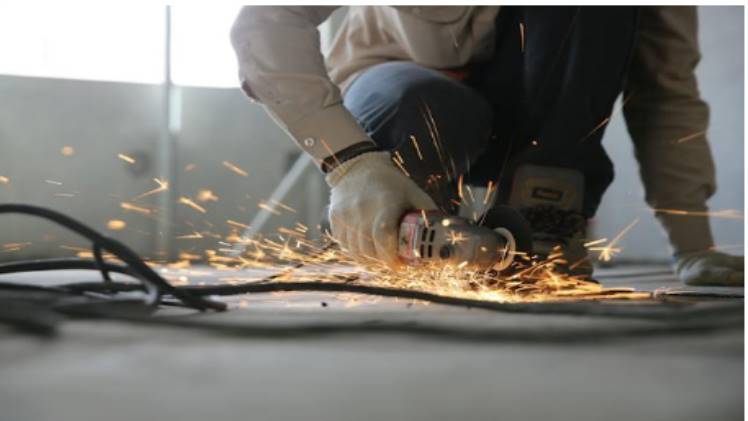How to Safely Operate Equipment During Construction

If you’re immersed in the world of construction, operating heavy equipment is likely a routine part of your work. While the tasks may seem familiar, prioritizing safety is paramount to ensure a secure and accident-free work environment.
Here are some essential tips on how to safely operate equipment during construction, making sure that you and your team stay safe.
Prioritize Proper Training
Before you get your hands on any heavy equipment, make sure you’ve had thorough training. Operating machinery without the necessary knowledge poses significant risks. Whether you’re experienced or new to the construction site, ongoing training sessions keep you updated on equipment advancements and safety protocols.
Perform Pre-Operational Checks
Don’t underestimate the importance of pre-operational checks. Before starting any equipment, thoroughly inspect it for signs of wear, damage, or malfunctions. For instance, before using your concrete saw equipment, ensure that high quality 16 Inch Concrete Chain is attached to it.
Check fluid levels, tire pressure, brakes, and all essential components. A small issue overlooked during this step can lead to significant problems once the equipment is in motion.
Wear Proper Personal Protective Equipment (PPE)
Your protective gear is your shield against potential hazards. Hard hats, steel-toed boots, gloves, and high-visibility clothing are not just accessories – they are essential for your safety. Never compromise on wearing the right PPE; it can be the difference between a minor incident and a severe accident.
Follow Manufacturer Guidelines
Every piece of equipment comes with a manual – a valuable source of safety information. Familiarize yourself with the manufacturer’s guidelines for the specific equipment you’re using. From operational procedures to maintenance schedules, following these guidelines ensures you’re using the equipment as intended, minimizing the risk of accidents.
Communicate Effectively
Clear and effective communication is vital in construction safety. Before any operation, establish a communication plan with your team.
Use hand signals, radios, or other communication tools to ensure everyone is on the same page. Proper communication can prevent misunderstandings and reduce the likelihood of accidents on the construction site.
Be Mindful of Surroundings
Construction sites are dynamic environments with various moving parts. Always be aware of your surroundings. Check for overhead power lines, underground utilities, or other potential hazards.
Be mindful of the location of your colleagues and any pedestrians in the area. A vigilant operator contributes to a safer work environment for everyone.
Adhere to Load Limits
Every piece of equipment has load limits specified by the manufacturer. Exceeding these limits jeopardizes the stability and integrity of the machinery, leading to potential accidents.
Always adhere to the recommended load capacities and avoid taking shortcuts that compromise the safety of the equipment and those around you.
Mind the Weather Conditions
Weather conditions can significantly impact equipment operation. Slippery surfaces, high winds, or heavy rain can make operating machinery riskier.
Before starting any task, assess the weather conditions and decide if it’s safe to proceed. If conditions deteriorate during operation, pause and reassess the situation.
Regular Equipment Maintenance
Maintaining your equipment is not just about extending its lifespan; it’s a crucial aspect of safety. Regular inspections and maintenance prevent unexpected breakdowns and malfunctions during operation. A well-maintained machine is a safer machine.
